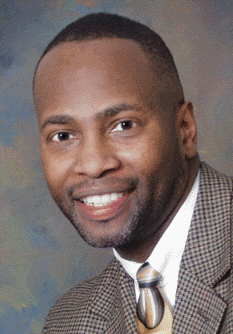Consequently, in 2004, Dr. Moore began to provide oral, head and neck cancer screenings in areas of the community where these patients lived to help detect the disease early.
Explore This Issue
August 2009Initially, I would load up the car with just a few tools for screening, said Dr. Moore, adding that, with the help of otolaryngology and medicine residents, he provides a general oral cavity, anterior rhinoscopy, and neck exam. He eventually received a grant to fund a mobile unit, which has extended his reach to underserved areas.
 We were initially surprised that follow-up was that high [in underserved populations screened], but most of the patients who had come in said that no one had shown that much interest in them before, and that was the main reason they sought further care.
We were initially surprised that follow-up was that high [in underserved populations screened], but most of the patients who had come in said that no one had shown that much interest in them before, and that was the main reason they sought further care.
-Charles Moore, MD
The majority of screenings occur in homeless shelters in Atlanta. Alcohol use in homeless shelters is not allowed, noted Dr. Moore. So you can’t say whether they were using alcohol or whether it may have been underreported, he said. Tobacco use tends to be variable, as with other populations.
Dr. Moore also reaches the urban community with screenings at local health fairs, churches, and civic events.
Since the program’s inception, approximately 600 people have been screened. About 10% of these individuals had suspicious lesions, and about 75% were followed up with additional testing, said Dr. Moore.
We were initially surprised that follow-up was that high, but most of the patients who had come in said that no one had shown that much interest in them before, and that was the main reason they sought further care, he explained.
Dr. Moore is now working with several organizations to create a free medical facility where physicians will offer screening, diagnosis, and treatment for head and neck cancer.
For more information about OHANCAW, see the Head and Neck Cancer Alliance’s Web site at www.headandneck.org .
Considering HPV
Although most cases of oral, head and neck cancer are linked to tobacco and alcohol use, about 25% may be attributable to a strain of human papillomavirus (HPV), according to the American Academy of Otolaryngology-Head and Neck Surgery.
If physicians consider the prevalence of HPV, to which most people have been exposed, then ideally, everyone would be screened for oral, head and neck cancer, noted Dr. Kristen Pytynia.
While these cancers occur most often in people older than 45 years, HPV is contributing to disease development in younger populations, said Dr. Pytynia. According to the American Cancer Society, more than 6 million men and women get an HPV infection every year, and nearly half are between ages 15 and 25.
Leave a Reply